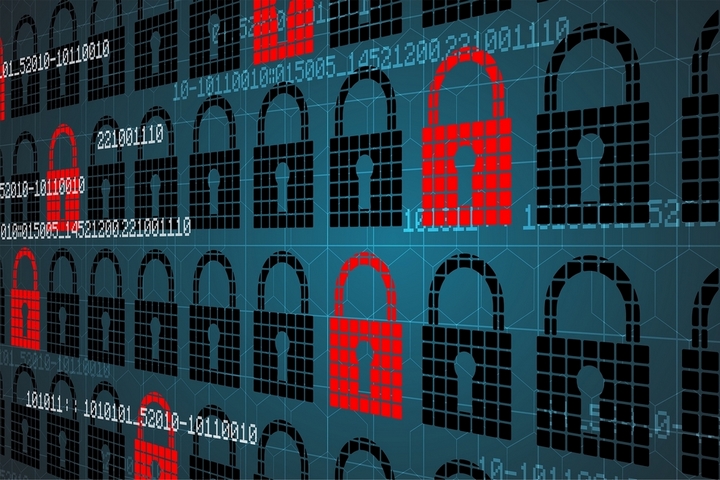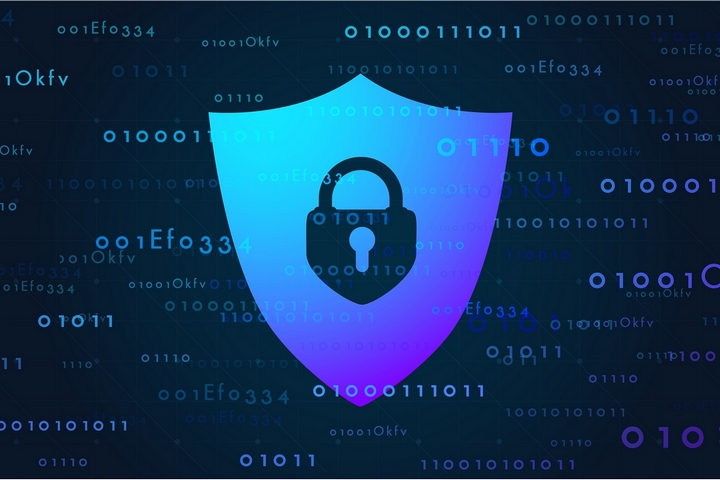Ransomware is a virus that holds data hostage for a ransom payment. It is a dangerous attack method. In addition to phishing emails, ransomware can be propagated via drive-by downloading when a user visits an infected website. Advanced attacks compromise endpoints in seconds, while ransomware attacks harm systems and infrastructure.
The likelihood of an enterprise being forced to choose between paying a ransom or losing data is high. Fortunately, there are other possibilities for ransomware removal. The greatest option is to avoid having to make that choice. This demands a layered security paradigm with proactive global threat intelligence at the network, endpoint, application, and data centre levels.
With that in mind, here are four things to consider to protect your company from ransomware attacks.
1. Firewall Security

When a web application firewall (WAF) is in place, it can help to safeguard web applications through monitoring and filtering HTTP traffic between a web service and a web application. As the initial line of defence against cyberattacks, it is considered a critical security aspect to have in place.
When businesses implement new digital initiatives, they frequently do so simultaneously as they increase the attack surface. Application programming interfaces (APIs) might be exposed to potentially harmful traffic because of web server vulnerabilities, server plugins, and other concerns, which result in data loss. A WAF contributes to the security of these programs and the content they access.
2. Data Backups

Your firm should create backups of all of its systems and data and store them in a secure location away from the network. These backups should also be tested to guarantee that you can restore your data promptly.
To ensure that your company is prepared in the event of a successful ransomware attack, it is recommended that every organization develop an incident response strategy in advance to aid in ransomware removal. People should have defined responsibilities allocated to them in advance of their arrival.
As part of your normal training, you should simulate a ransomware assault and practice restoring your system’s functionality after an attack.
3. Properly Train Employees

You can have all the security measures in the world, but you’ll never be fully secure if you don’t train your personnel in cyber awareness. Ensure that all of your staff are well-versed in recognizing and reporting unusual cyber behaviour, as well as maintaining cyber hygiene and securing their devices and home networks. You should also routinely audit your cybersecurity by professionals like Cytelligence to ensure your measures are up to date.
Employees should receive training when they are employed and at regular intervals throughout their employment so that the material remains current and relevant. Any security protocols that may need to be adopted should also be included in the training.
4. Use Deception Technology

Businesses should also consider deception technologies. Although deception solutions aren’t a key cybersecurity tactic, they can help defend systems if bad actors find a way in despite all of your other security measures.
Deception technology uses decoys to imitate real servers, applications, and data, fooling bad actors into thinking they’ve infiltrated and gotten access to the company’s most valuable assets when they haven’t. This method can be utilized to reduce damage and safeguard an organization’s real assets. Furthermore, deception technology can reduce its time to detect and respond to attacks.




